

— Blogs —
—Products—
 Consumer hotline +8618073152920
Consumer hotline +8618073152920 WhatsApp:+8615367865107
Address:Room 102, District D, Houhu Industrial Park, Yuelu District, Changsha City, Hunan Province, China
Product knowledge
Time:2022-05-18 20:23:10 Popularity:752
Humidity sensor quality detection method
1. Temperature coefficient of humidity sensor
In addition to being sensitive to ambient humidity, the humidity sensor is also very sensitive to temperature, and the temperature changes by 0.1°C. A humidity change (error) of 0.5%RH will occur. If it is difficult to achieve constant temperature in the application occasion, it is inappropriate to propose too high humidity measurement accuracy. Some humidity sensors have different temperature coefficients under different relative humidity.
In most cases, if there is no precise temperature control method, or the measured space is not sealed, the accuracy of ±5%RH is sufficient.
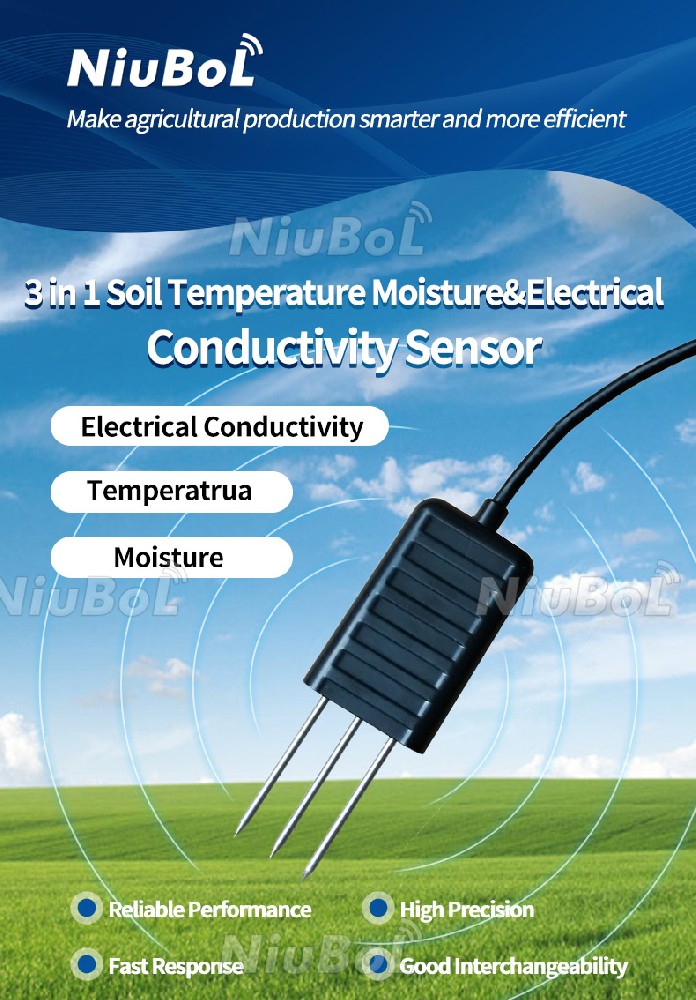
For local spaces that require precise control of constant temperature and humidity, or where it is necessary to track and record humidity changes at any time, choose a humidity sensor with an accuracy of more than ±3%RH.
The temperature drift is nonlinear, which requires a temperature compensation formula to be added to the circuit. The use of microcontroller software compensation, or the humidity sensor without temperature compensation cannot guarantee the accuracy of the full temperature range. The linearization of the temperature drift curve of the humidity sensor directly affects the compensation effect, and the nonlinear temperature drift often cannot compensate well. , the real compensation effect can be obtained only by adopting the hardware temperature following compensation. The temperature range in which the humidity sensor operates is also an important parameter. It is difficult for most humidity sensitive components to work normally above 40°C.
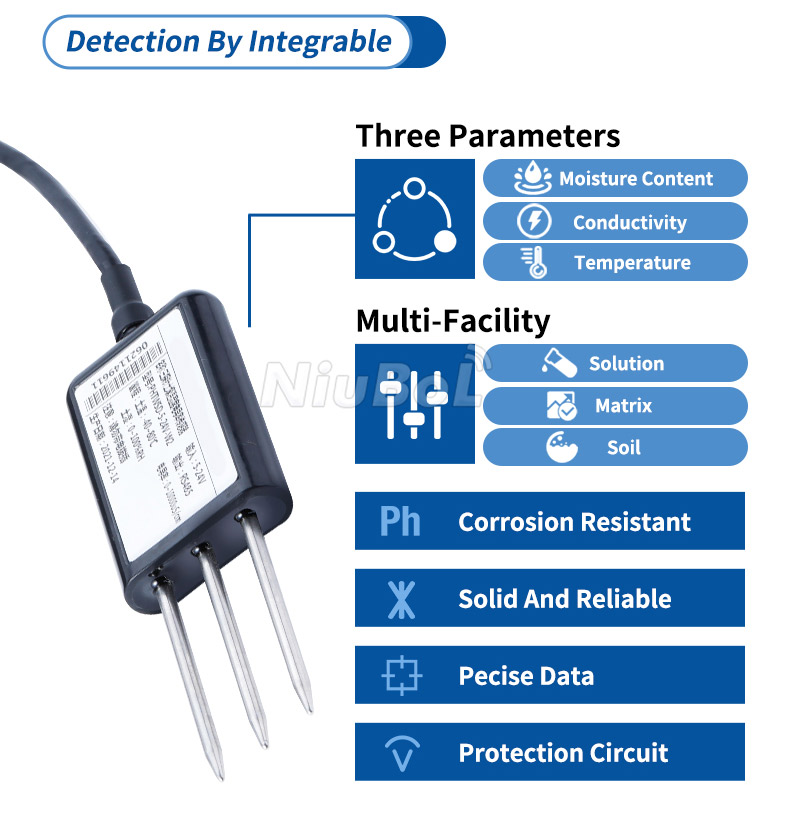
2. Accuracy and long-term stability
The accuracy of the humidity sensor should reach ±2%~±5%RH. It is difficult to use it as a measuring instrument if it cannot reach this level. It is difficult for the humidity sensor to reach the accuracy of ±2%~±3%RH. The properties given are measured at normal temperature (20°C ± 10°C) and in clean gas.
In actual use, due to the influence of dust, oil pollution and harmful gases, aging and accuracy will occur over a long period of time. The accuracy level of the humidity sensor should be judged based on its long-term stability. Generally speaking, long-term stability and use The lifespan is the primary issue that affects the quality of the humidity sensor. There are very few products whose annual drift is controlled at the 1%RH level, generally around ±2% or even higher.
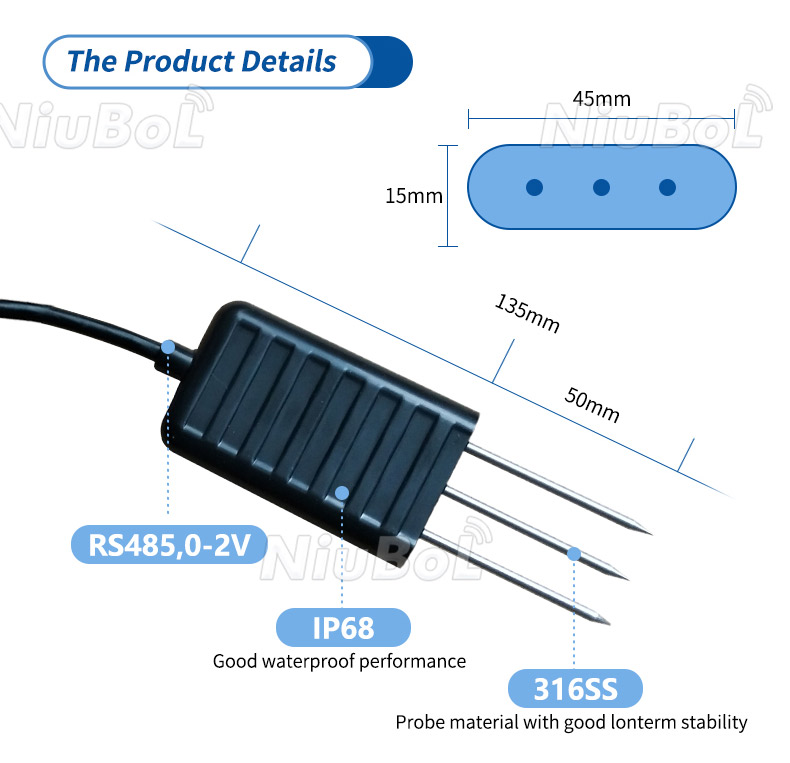
3. Power supply of humidity sensor
Some humidity sensors have relatively high requirements on the power supply, otherwise the measurement accuracy will be affected. Or the sensors interfere with each other or even fail to work. When DC voltage is applied to humidity-sensitive materials such as metal oxide ceramics, high molecular polymers and lithium chloride, performance changes or even failures will occur, so such humidity sensors cannot use DC voltage or AC voltage with DC components.
Must be AC powered. In use, a suitable power supply that meets the accuracy requirements should be provided according to the technical requirements. When the sensor needs to perform long-distance signal transmission, pay attention to the attenuation of the signal. When the transmission distance is more than 200m, it is recommended to choose a humidity sensor with a frequency output signal.

4. Interchangeability
At present, humidity sensors generally have poor interchangeability. Sensors of the same type cannot be interchanged, which seriously affects the use effect and increases difficulties in maintenance and debugging. Some manufacturers have made various efforts in this regard (but the interchangeability still poor) with better results.
Sensors & Weather Stations Catalog
Agriculture Sensors and Weather Stations Catalog-NiuBoL.pdf
Weather Stations Catalog-NiuBoL.pdf
Related recommendations
Related products
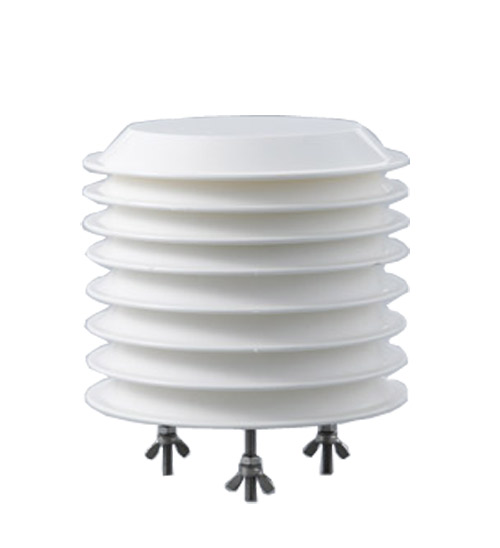 Atmospheric Temperature Humidity Pr···
Atmospheric Temperature Humidity Pr···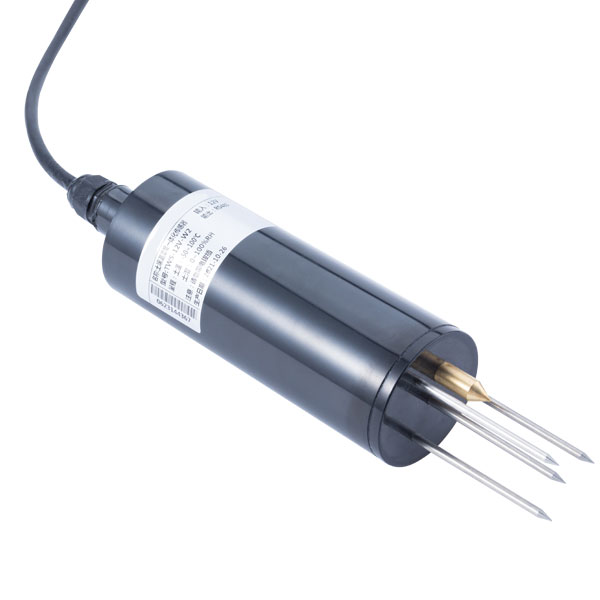 Soil Temperature Moisture Sensor 4-···
Soil Temperature Moisture Sensor 4-··· Air temperature, humidity and atmos···
Air temperature, humidity and atmos···
Screenshot, WhatsApp to identify the QR code
WhatsApp number:+8615367865107
(Click on WhatsApp to copy and add friends)